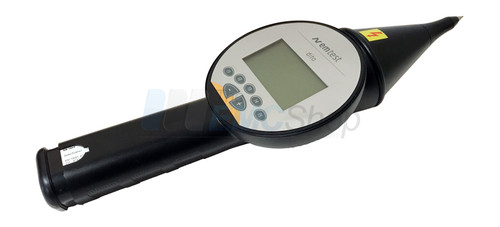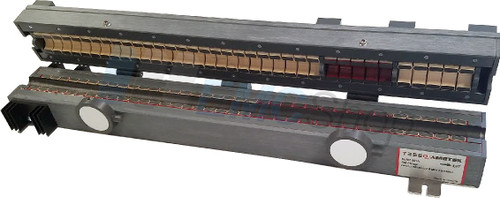Overview
With electronic devices and systems the tendency towards lower signal levels, particularly those involving microprocessors, has increased their susceptibility to interference as the ratio between wanted and unwanted signals becomes increasingly unfavourable. When electronic circuits are subjected to interference, their performance may be degraded causing malfunction, or even catastrophic failure. The most common factors influencing electronic devices may be described as follows:
- Compared to tube-equipped instruments with mechanical switches, modern measuring and control technology incorporating microprocessors have had their signal and measuring levels decreased by one order of magnitude, while frequencies have increased by a factor of 10. In addition, present process automation requirements dictate the use of commercially available micro-processors, which have to work impeccably - often on-line - under these hostile environmental conditions. The end is not yet in sight: newer devices will soon be appearing with ever shrinking geometry’s and escalating sensitivity.
- Levels of interference are growing due to new technological developments.
- More and more plastic material is being used for case designs, increasing the tendency to expose vulnerable electronics to interference-rich environments. Further developments in microelectronics circuits will bring about a marked reduction of the interference thresholds. That is the reason why greater attention must be devoted to the EMC behaviour of individual components and electric systems.









